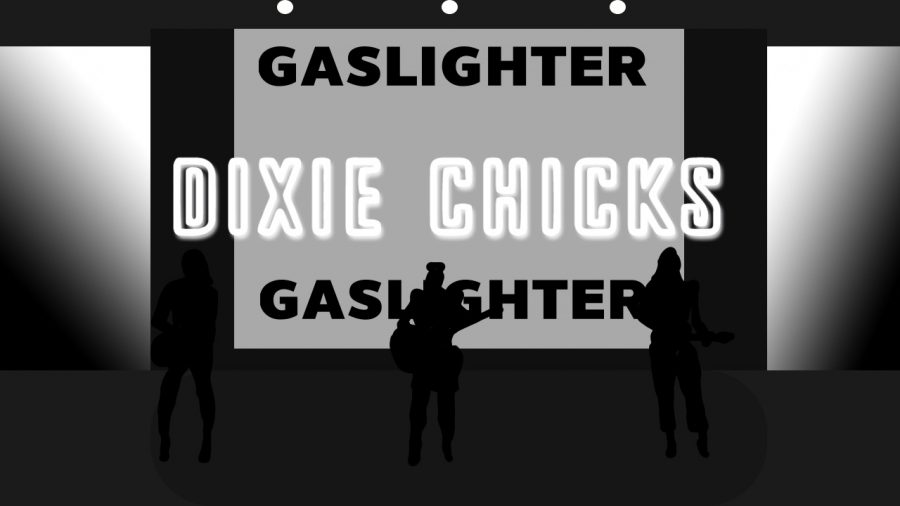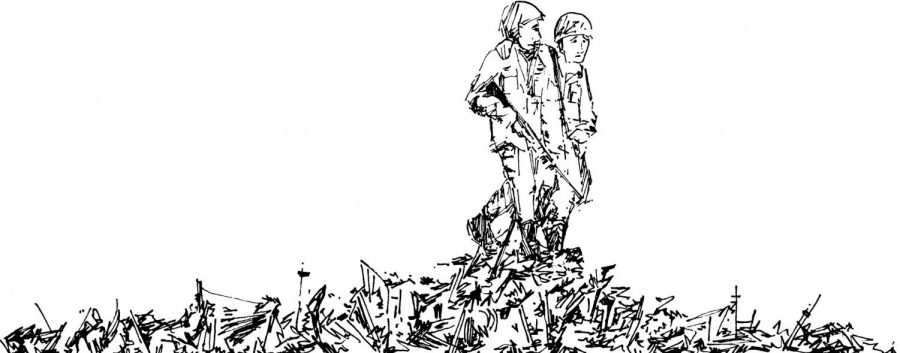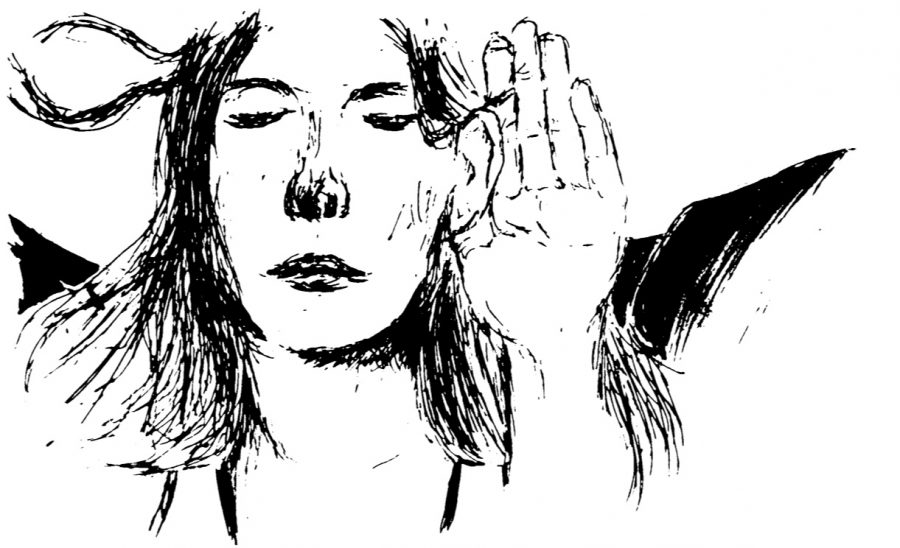I might be biased when it comes to Andrew Bird’s music. Everyone has that one musician they’ve been attached to for years, the artist who’s carried them through thick and thin, the artist you always come back to. For me, it’s Andrew Bird; his music is entirely exceptional. It’s emotional, creative and straight from his heart. He’s consistently looking to experiment, to stretch his creativity and produce original, unique and beautiful material.
His new series of albums and short films, Echolocations, focuses on the acoustic qualities of various environments. There are five installments in all: Canyon, Forest, Lake, River and City. In the freshly released first installment, Bird and videographer Tyler Manson travel into the canyons and waterways of Coyote Gulch in southern Utah, where they recorded a series of improvised pieces inspired by and in tune with the environment. While I could paraphrase Bird’s motivation for the album, he says it best:
“Ever since I was a child I would test different spaces with my voice or whistle or violin. Whatever sound you make it’s like a giant limb that can reach beyond your fingers and grope the corners of the room. Now when I’m on tour playing a different theater every night we ‘tune’ the room hunting down the bass traps and the standing waves to give the listener the most even and wide spectrum sound. There are certain frequencies that resonate while others are lifeless. Sometimes the room refuses to yield and I have to consider playing different songs that will work in that room. It’s a challenge but I enjoy the moments when I must yield to the environment. So I thought it would be interesting to take all this outside where the reflections off the landscape are triggering countless inferences and steering the conversation.”
Echolocations is entirely unique; instead of creating music focusing on conveying a certain emotional message or personal expression, Bird sets out to characterize the location. He tests and analyzes the acoustics of the canyon, and he creates music that is a reflection of the environment and indicative of the attitude of the place.
Listening to Echolocations: Canyon is more than a typical musical experience; you’re actually transported to Coyote Gulch. You feel like you’re sitting on a nearby sun-warmed rock, listening to Andrew test the acoustics of his surroundings. Within the tracks, you can hear the wind, a creek bubbling, the occasional fly buzzing past. But most of all you can hear the canyon respond to Bird’s violin, you can hear the tone reverberate back and forth between the red walls of the canyon. You can sense Bird’s understanding of how the canyon will react to his music. It’s difficult to explain in writing, but experiencing an environment audibly instead of visually is a entirely new and Bird produces it perfectly.
My advice is to not listen to the album for a melodic good time; listen to it for an audial experience. This is Bird at his most experimental. He’s literally probing his environment and developing his sound based on its feedback. And he creates something magical.
The album is available to stream both on Spotify and Soundcloud. But please don’t listen to Echolocations on Spotify. The last thing you need interrupting the stream of Bird’s flawless sound is that loud-mouth guy telling you to buy Spotify Premium and jolting you out of the warm, red canyon and back to gray, wintry Walla Walla.












Matt • Mar 11, 2015 at 12:14 pm
Don’t forget about Spotify premium! Three songs in. It’s amazing already. One of the great musicians of this era.
you mention a videographer was involved…Is there a visual accompaniment?